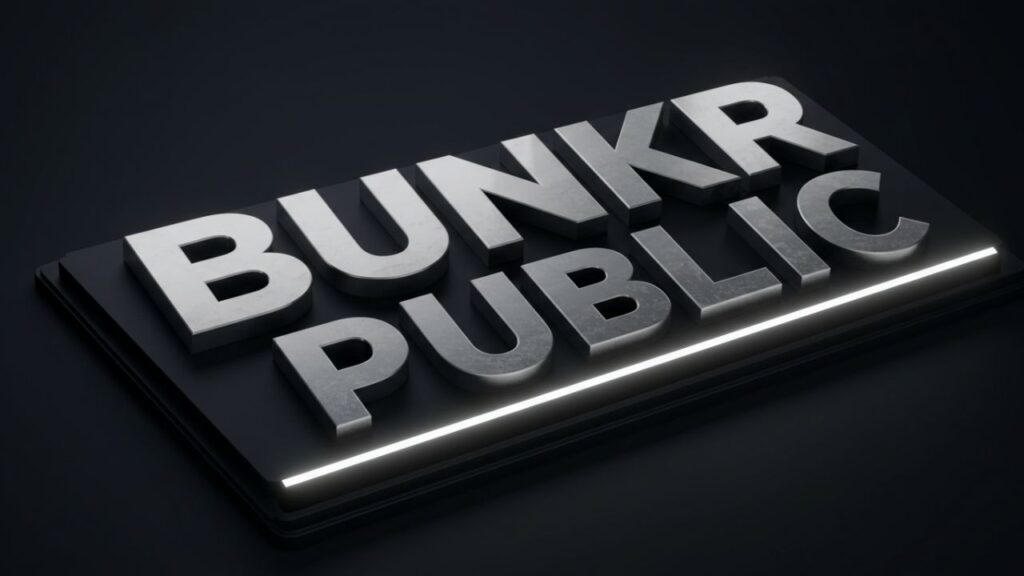Introduction
In an era where digital collaboration and content sharing are essential, Bunkr Public emerges as a powerful platform designed to streamline how people collect, organize, and present multimedia materials. Whether you are a marketer, educator, student, or creative professional, Bunkr Public offers tools that simplify the process of gathering content from across the web and structuring it into visually engaging presentations. This article delves deeply into what makes Bunkr Public valuable, its core features, benefits, and how you can best leverage it today.
What Is Bunkr Public?
Bunkr Public is a web-based tool that enables users to collect content such as images, articles, videos, and links from various sources, and then assemble them into shareable, presentation-ready formats. It provides a collaborative environment where multiple contributors can access and contribute to collections in real time. As a public-facing version of Bunkr’s offerings, Bunkr Public promotes openness and sharing, serving both professionals and hobbyists alike.
Key Features of Bunkr Public
1. Seamless Content Aggregation
With Bunkr Public, you can effortlessly clip content from websites, social media, or cloud storage using browser extensions or manual imports. The platform retains the context of each item, making it easier to reference sources when assembling your work.
2. Visual Presentation Tools
Bunkr Public doesn’t just collect content—it helps you present it. Users can arrange content into grids, slides, or story-like formats. Layouts are flexible, responsive, and professionally styled so that your audience stays engaged.
3. Collaboration & Sharing Capabilities
One distinguishing aspect of Bunkr Public is its focus on teamwork. You can invite collaborators to view or edit your collections, leave comments, and even co-create content. Once ready, publishing or sharing a Bunkr Public collection is simple: you get shareable links and embedding options.
4. Integration and Import Options
Bunkr Public integrates with many services—your Google Drive, Dropbox, or other cloud storage platforms—and supports content import from URL links, images uploads, or even direct embeds from video platforms. This makes gathering resources fast and comprehensive.
5. Privacy Controls
Although named “Public,” Bunkr Public offers adjustable privacy settings. You may choose to make a collection fully open to everyone, limit access to collaborators, or restrict visibility. This flexibility ensures you can use it for personal, internal, or public-facing projects.
Why Choose Bunkr Public? Benefits and Advantages
Enhanced Work Efficiency
By centralizing content collection, note-taking, and presentation assembly, Bunkr Public reduces the scattered nature of research and creative workflows. You spend less time switching tools and more time refining insights.
Better Team Collaboration
Teams benefit from real‑time syncing and shared access via Bunkr Public. Reviews, feedback, edits—all happen within one platform. This fosters stronger alignment and accelerates the creative cycle.
Visual Consistency and Professional Output
Layouts and templates ensure that each project created with Bunkr Public looks polished. Whether presenting to clients, sharing in classrooms, or posting publicly, content maintains high aesthetic standards.
Content Discovery and Curation
With public collections available, Bunkr Public serves not only as a tool but also as a discovery platform. Users can explore collections made by others, find inspiration, and even adopt best practices in content curation.
Accessible Learning and Teaching Resource
Educators who use Bunkr Public can compile reading lists, image banks, or interactive visual assignments. Students benefit from navigating material in organized, multimedia-rich formats, enhancing comprehension and retention.
Use Cases: Who Is Bunkr Public For?
| User Type | How They Use Bunkr Public |
|---|---|
| Marketers / Social Media Managers | Creating content calendars, opinion pieces or campaign decks pulling from live trends, social feeds, and visual assets. |
| Educators / Trainers | Building course modules, resource libraries, or student collaboration projects with mixed media content. |
| Students / Researchers | Gathering reference material, organizing sources, and preparing presentations or papers all in one place. |
| Designers / Creatives | Mood boarding, visual storytelling, and client pitches with seamless embedding of images, videos, and external content. |
| Teams / Agencies | Streamlining internal project briefs, collaborative feedback loops, and public case study sharing via Bunkr Public. |
How to Get Started with Bunkr Public
Step 1: Sign Up and Profile Setup
Begin by creating an account on the Bunkr platform. Set up your profile, adjust your notification preferences, and understand the privacy settings. These initial configurations help tailor your experience.
Step 2: Install Tools or Extensions (If Available)
If Bunkr Public offers browser extensions or mobile app integrations, install them. A clipper extension saves time when gathering content from across the web.
Step 3: Create a Project or Collection
Start a new collection. Choose whether to make it public, private, or invite-only for collaborators. Add a name, description, and select layout templates.
Step 4: Add Content
Incorporate content via URL links, image uploads, document attachments, or by embedding videos. Use drag‑and‑drop or grid layouts to arrange them as desired.
Step 5: Collaborate and Refine
Invite others to view or edit. Use comments or annotations to gather feedback. Refine the design, adjust layout, remove redundancies, and ensure content flows smoothly.
Step 6: Publish or Share
When ready, use shareable link or embed code to distribute. Monitor viewership if analytics are provided. Meta information like titles and tags help searchability.
Tips to Maximize Bunkr Public
-
Plan the structure: Before adding a lot of content, sketch a roadmap—intro, body, conclusion—so your collection tells a story.
-
Use consistent visual style: Stick to uniform fonts, colors, and image styles for coherence.
-
Optimize for load speed: Avoid overly high‑resolution images when not needed; compress media where possible.
-
Regularly update: For public collections that serve as resources, keep content fresh to maintain relevance.
-
Leverage collaboration early: Getting input from team members or peers early can surface gaps you might miss alone.
Potential Limitations and How to Overcome Them
Content Overload
When using , you may be tempted to include too many items. This can overwhelm audiences. Overcome this by curating carefully—choose only what adds value.
Learning Curve for New Users
New users might find layout tools or embedding options complex. Mitigate by exploring tutorials, help guides, or starting with simple projects.
Dependency on Internet and Device Performance
Since much of the platform depends on the internet, slow connections can hamper user experience. Always preview collections in different devices; test how responsive the layout is.
Future Trends and the Road Ahead
As collaboration tools evolve, is likely to integrate more features like smart AI‑powered recommendations, deeper analytics on content engagement, and better offline support. New embeds—such as interactive 3D models or VR content—may also become standard features. For creators wanting to stay ahead, keeping track of these developments will be critical.
Conclusion
Overall, offers a modern, visual, and collaborative approach to content collection, organization, and sharing. By combining strong aggregation tools, flexible layouts, and privacy controls, it serves varied audiences—from creative professionals and educators to students and teams. Use the platform mindfully: curate with clarity, design with coherence, and share with intention. With these practices, becomes not just a tool, but a conduit for impactful storytelling and learning.





